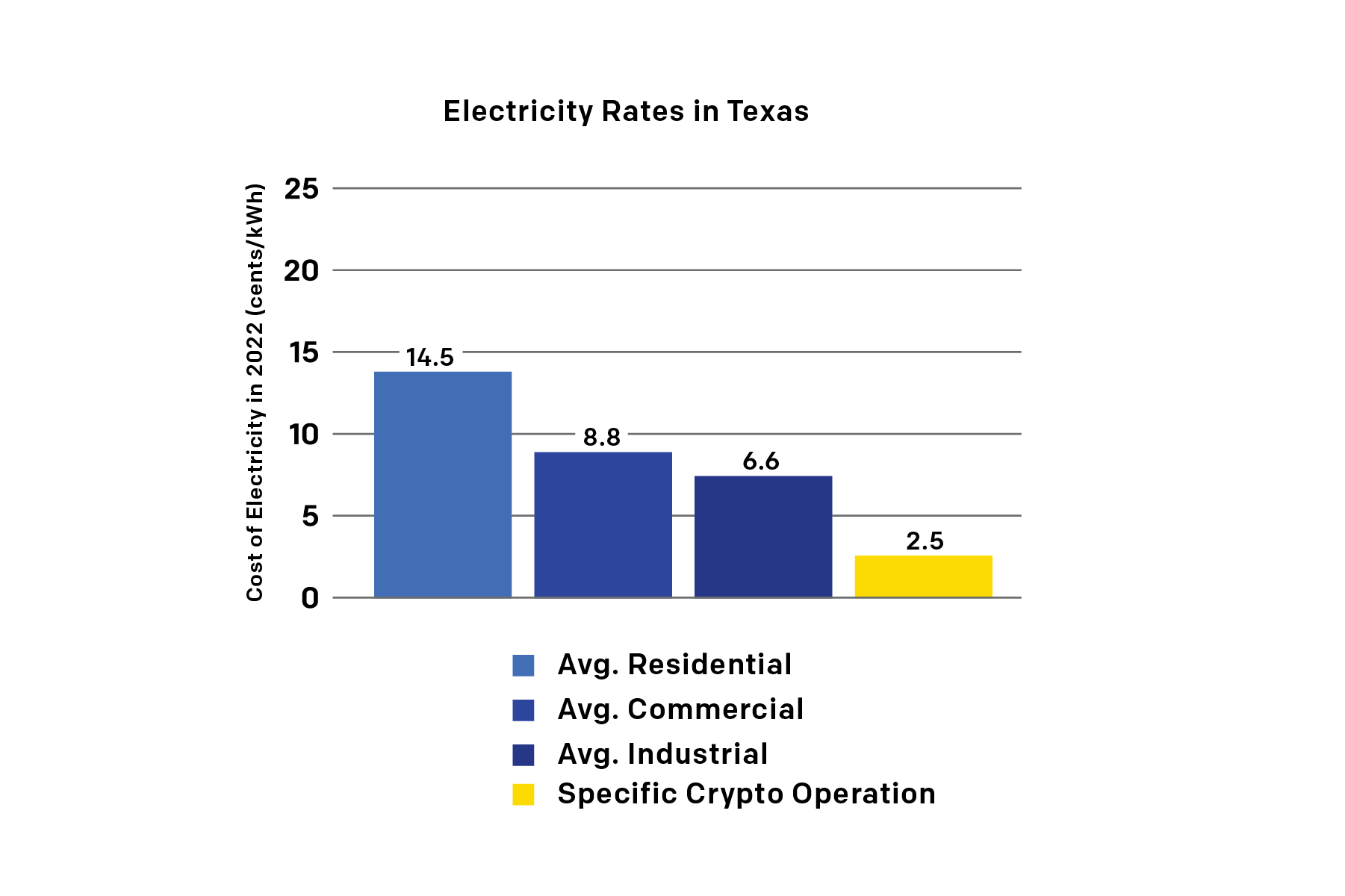Crypto's Hidden Power Bill: The Shocking Electricity Subsidy Mystery

As cryptocurrency mining operations continue to expand, they're creating a stark economic paradox: local households are facing escalating electricity costs while these energy-intensive facilities enjoy substantial discounts and government subsidies. The growing presence of crypto mining centers is putting unprecedented strain on regional power grids, forcing everyday consumers to shoulder higher electricity rates while mining companies benefit from preferential pricing and financial incentives.
These massive data centers, which consume enormous amounts of electricity to power complex computer systems that validate cryptocurrency transactions, are increasingly drawing scrutiny from local communities and energy regulators. Despite their significant energy demands, many crypto mining operations are receiving financial breaks that seem to contradict the economic challenges faced by residential consumers.
The disparity highlights a complex issue where industrial energy users are gaining financial advantages at the expense of ordinary citizens, raising important questions about fair energy pricing, infrastructure sustainability, and the long-term economic implications of cryptocurrency mining's rapid growth.

